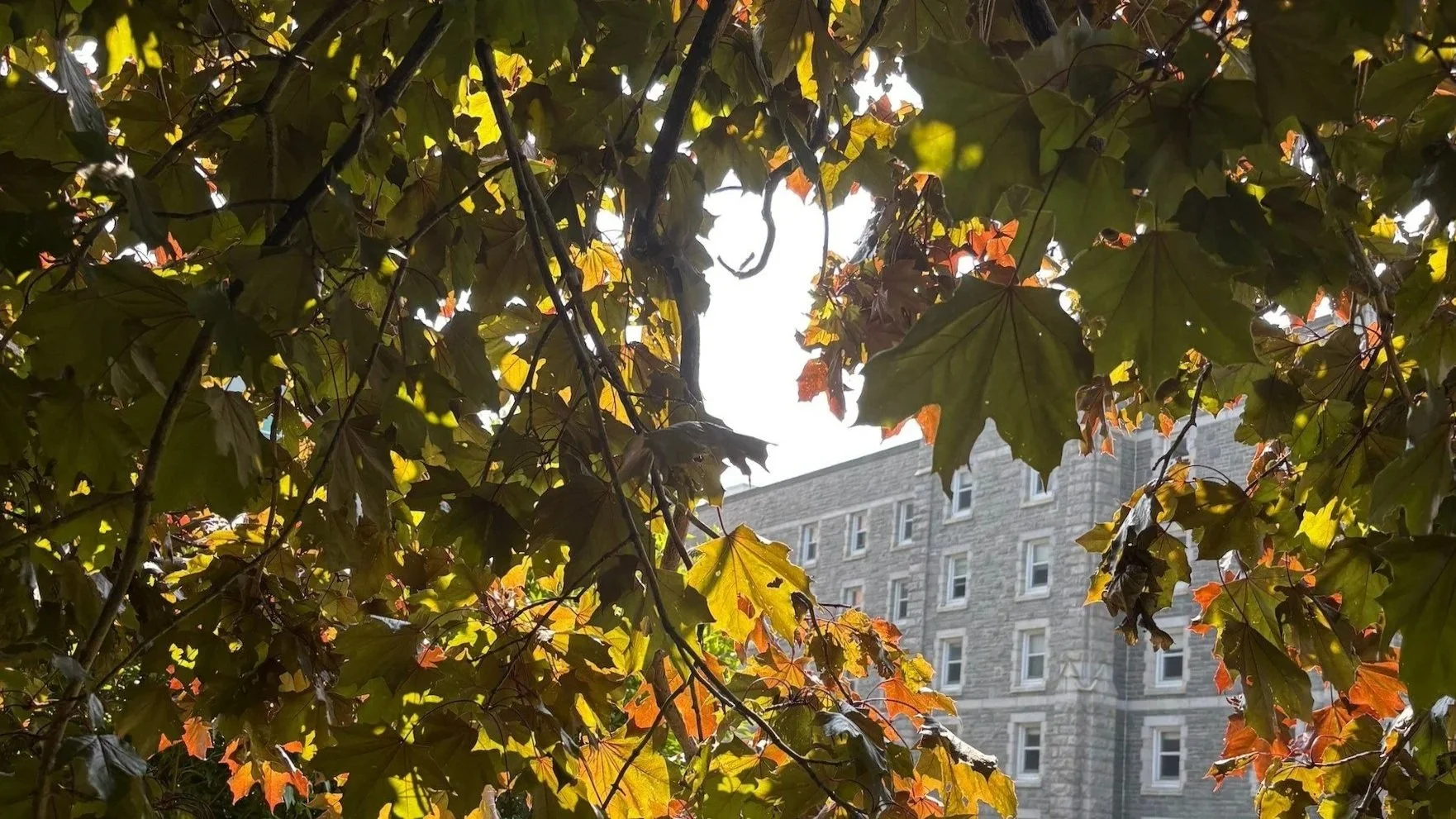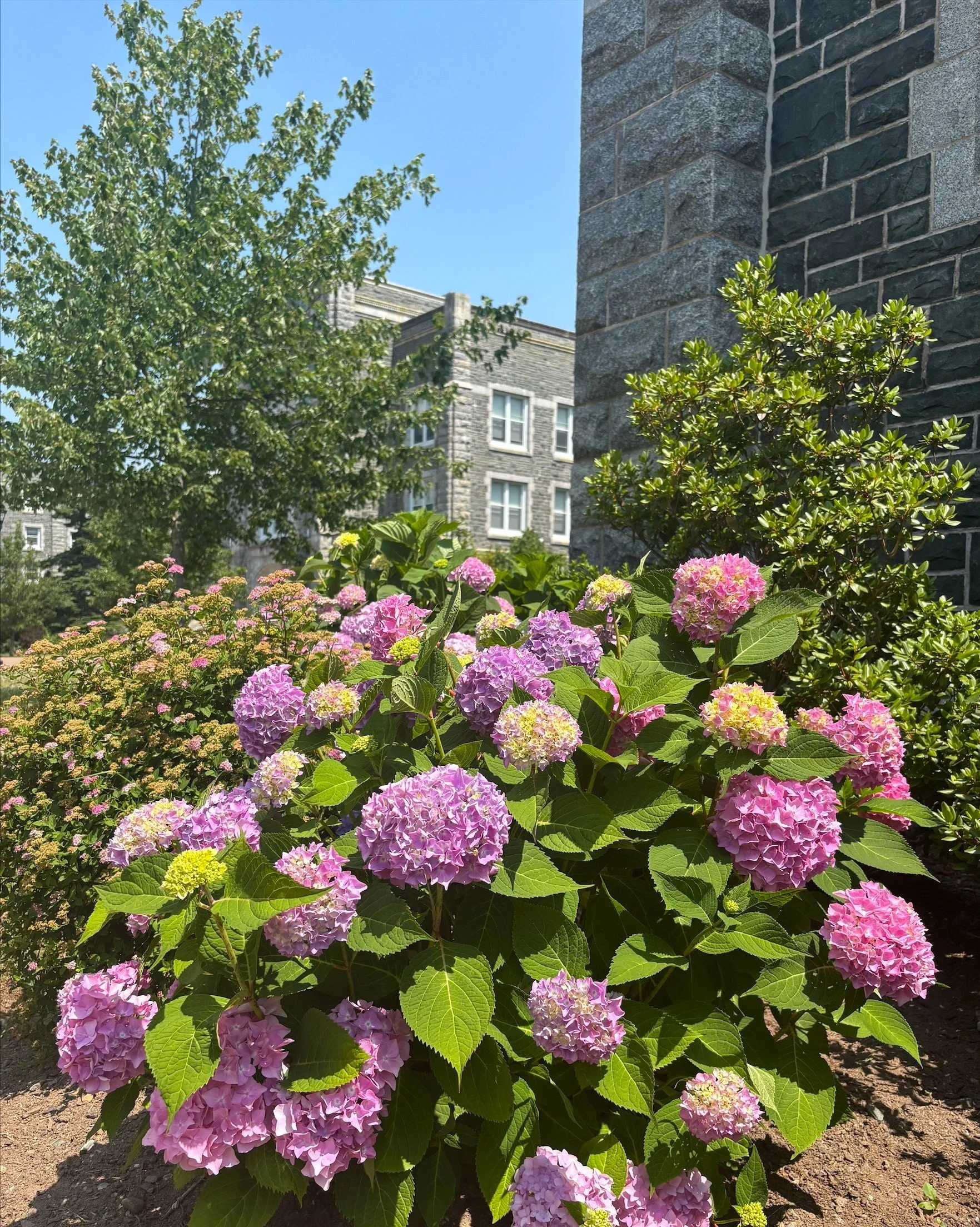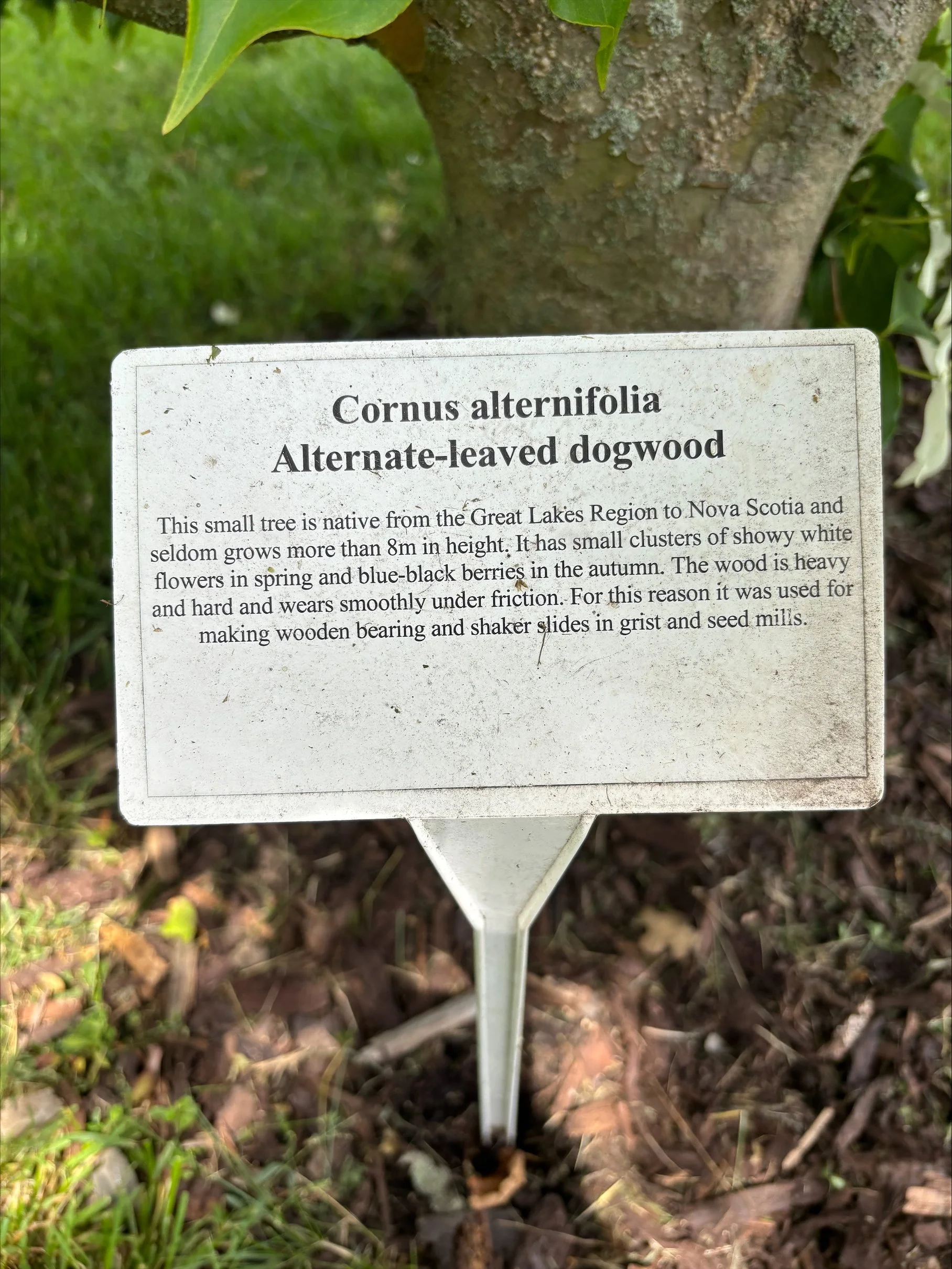A sustainable, living laboratory in Halifax’s South End
Saint Mary’s campus feels more like a park than a university. Tall trees cast long shadows across the walkways and flowering shrubs bloom near the residences, while living canopies shelter songbirds overhead. But it wasn’t always this way.
When Dr. David Richardson arrived at Saint Mary’s University in 1992 as Dean of Science, he found a campus with very few trees and little shade. Many existing trees were mature with limited species diversity. Recognizing the need for change, he spearheaded a campus greening initiative that began in 1993. It was supported by dedicated volunteers that included student technicians and science faculty.
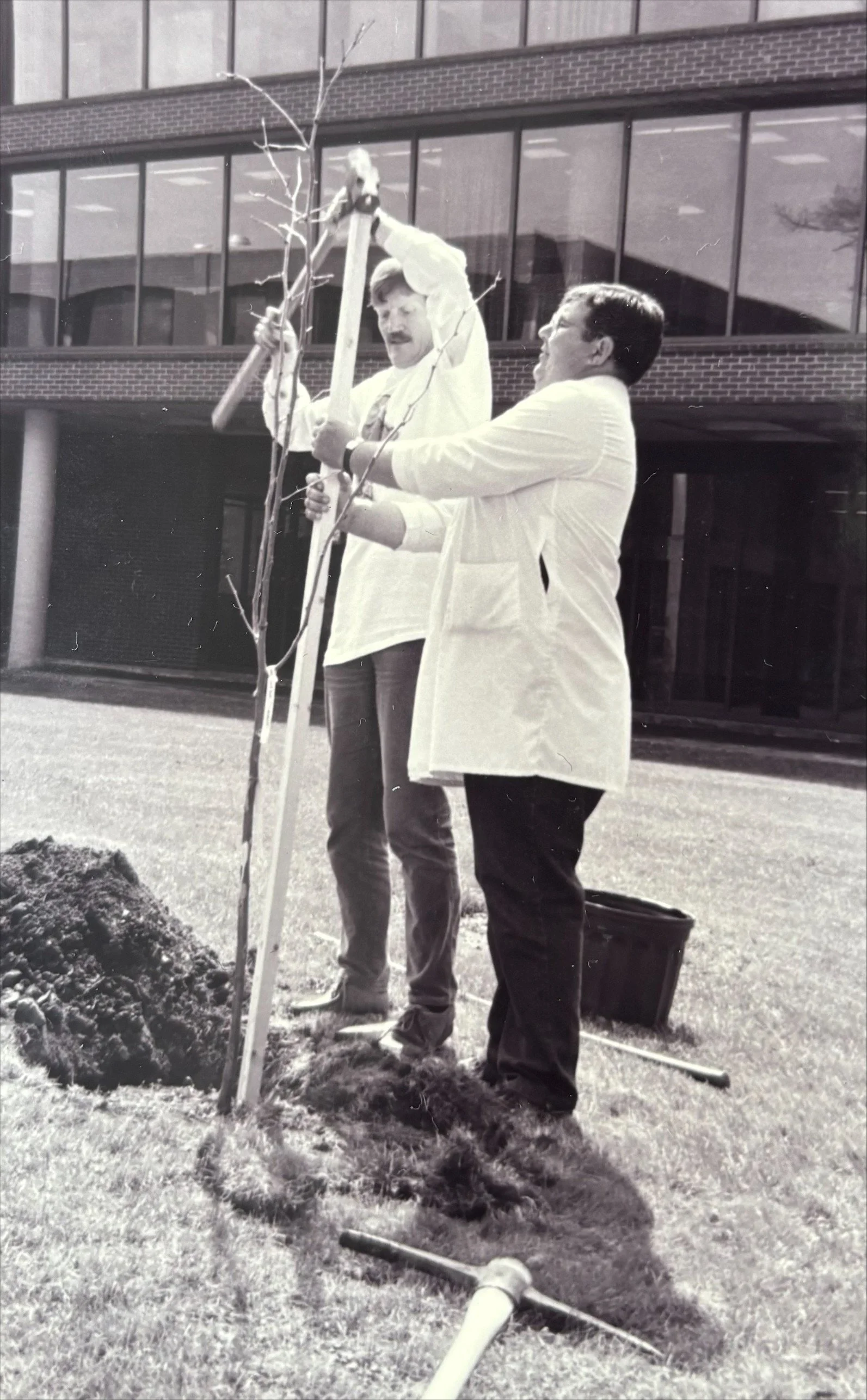
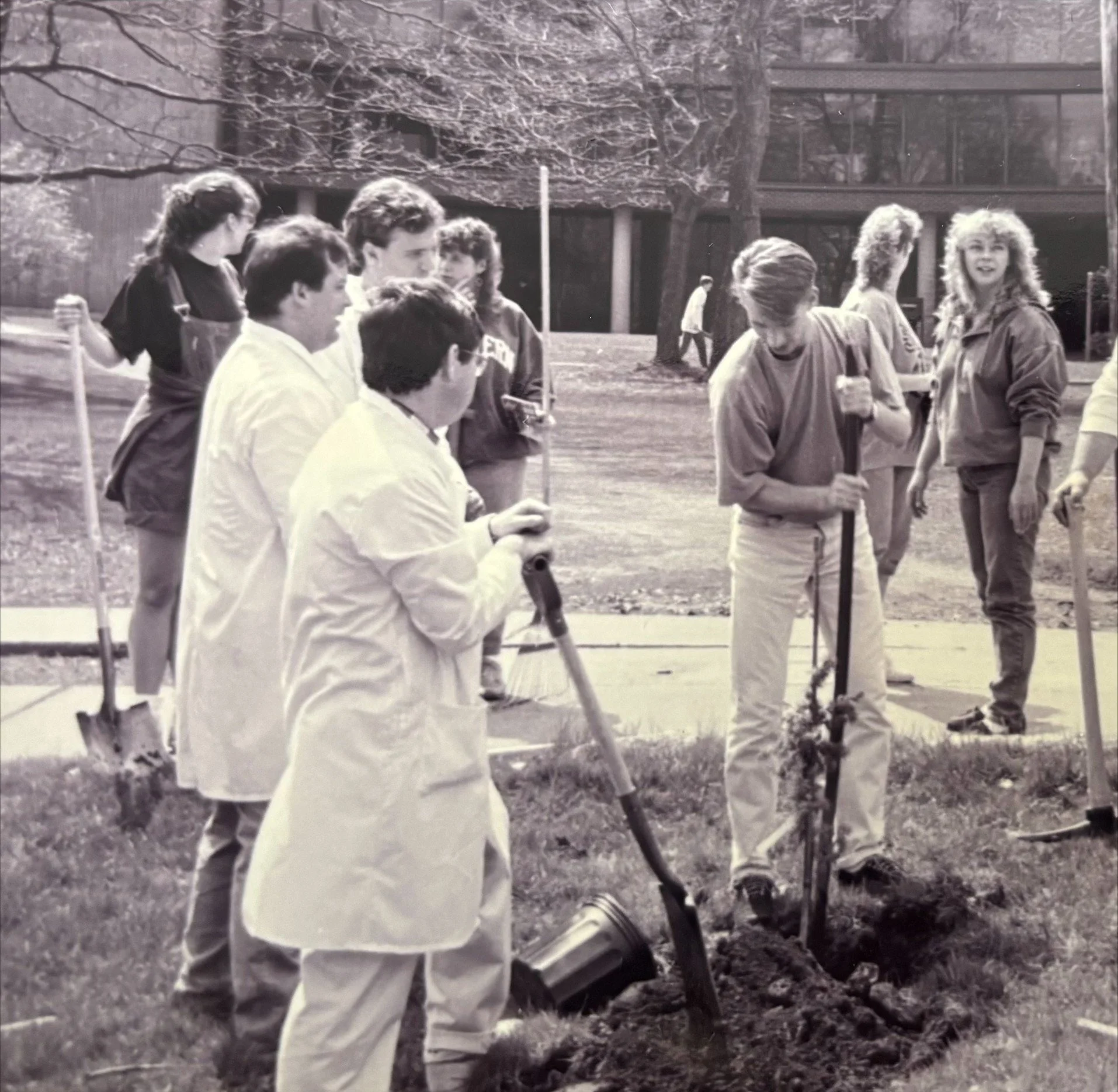
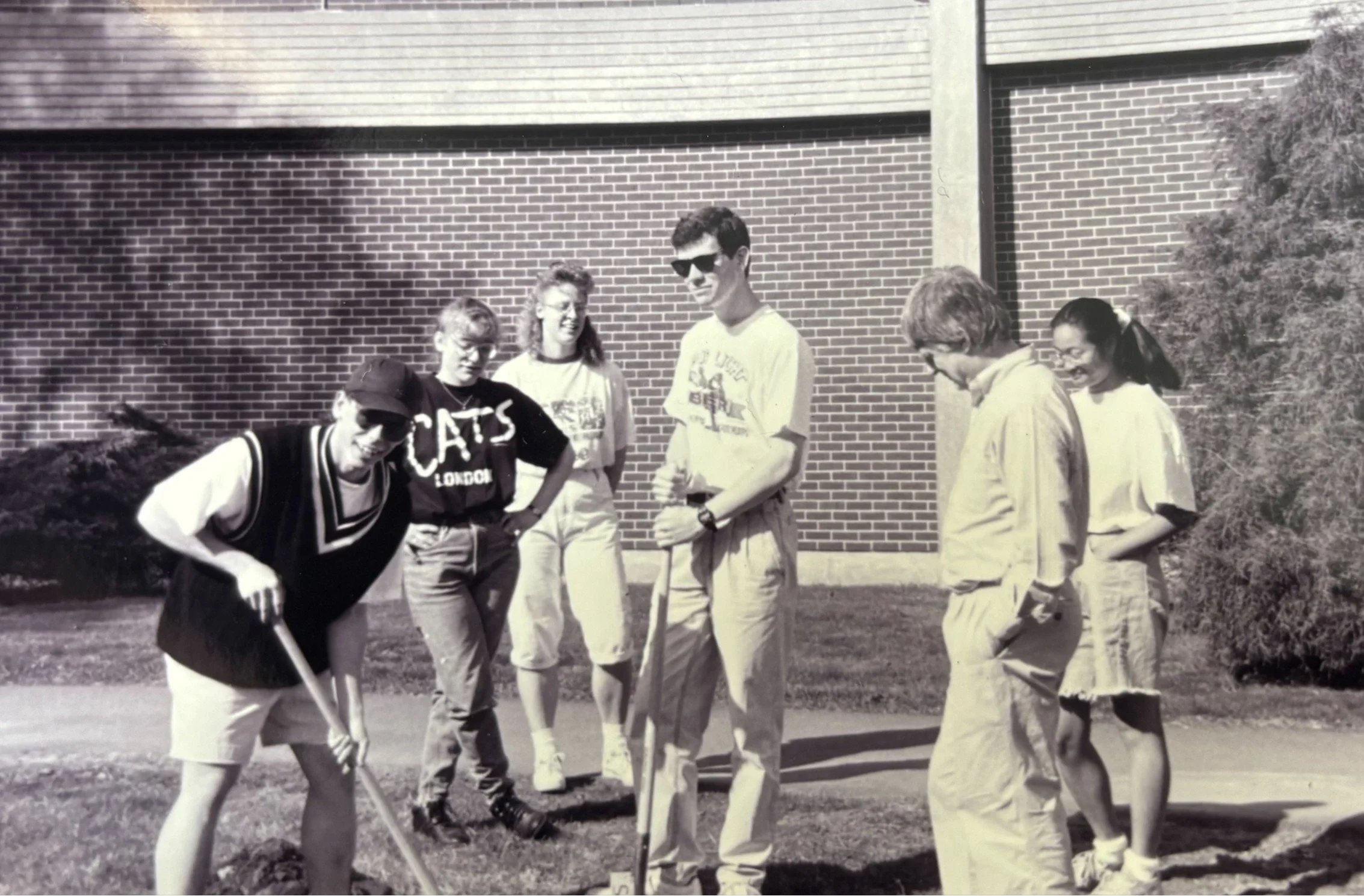
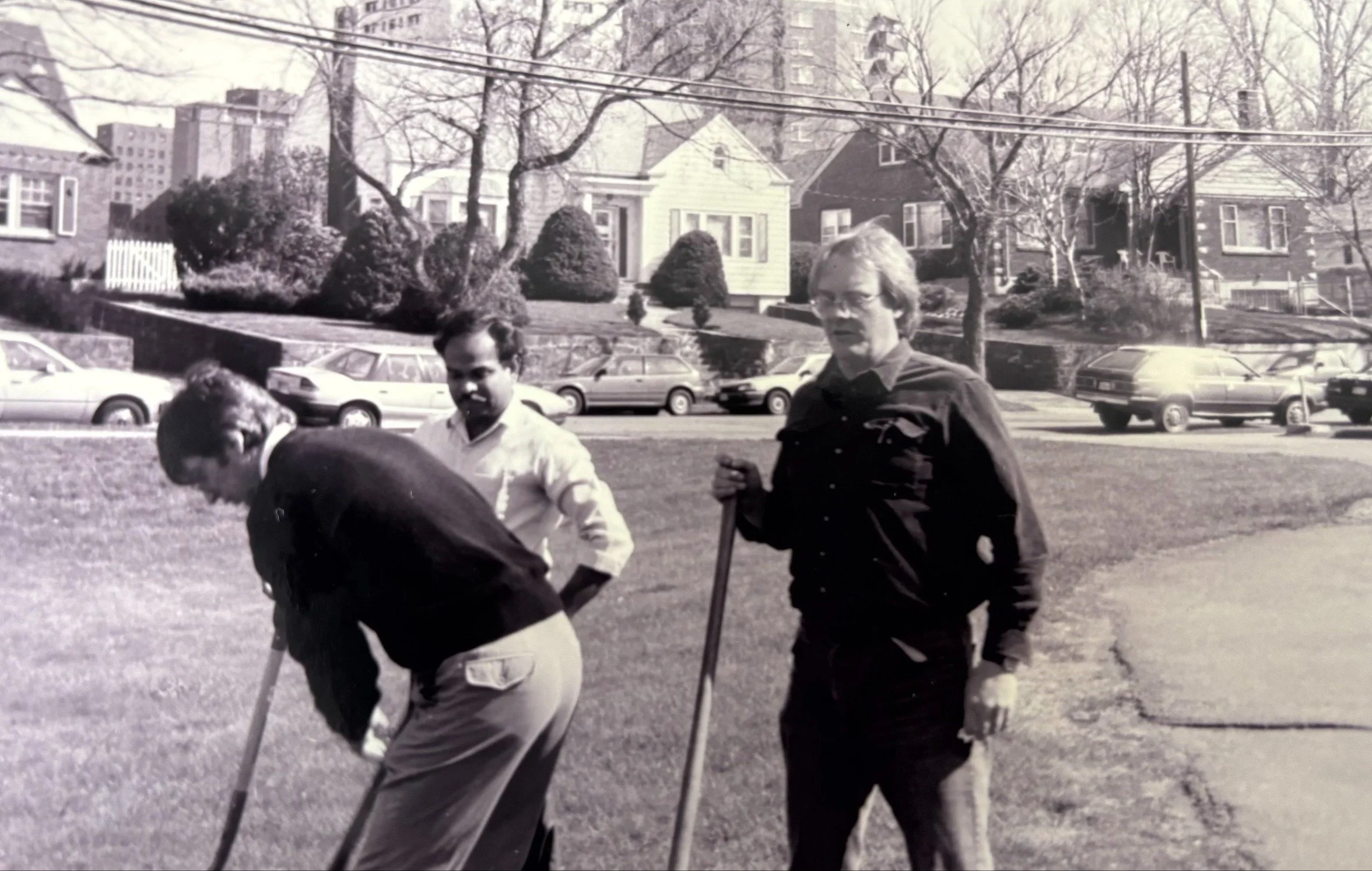
“When I first came to Saint Mary’s, there were few trees; now there are trees of all shapes and sizes,” says Dr. David Richardson, Dean Emeritus at Saint Mary’s University. “The initial plantings cost little, often around $20 to $30 per tree, so we were able to plant quite a lot.”
A view of the McNally building
Victorian-era homes, tree-lined avenues, and coastal walks make the historic south end of Halifax and the area around SMU one of the most desirable neighbourhoods in the city. The proximity of Point Pleasant Park, just a five-minute walk away, and the Public Gardens, ten minutes in the other direction, gives Saint Mary’s University students access to green spaces unmatched by most campuses in Canada.
“There is a harmony between urban life and nature. Such an environment enhances academic life, attracting students and staff who value both education and quality of life.”
Dr. Richardson’s British accent, very much a part of his identity, underscores the international influence he has brought to campus. He studied at the University of Oxford, known for its architecture, picturesque landscapes and botanical gardens. It was the tree-planting initiative that brought a touch of that same timeless magic to Saint Mary’s University.
The greening efforts over the decades have turned Saint Mary’s into a living showcase of more than 100 different tree species. This biodiversity provides habitats for birds and other wildlife. The overall impact is not just aesthetically pleasing but also supports sustainability and ecological balance.
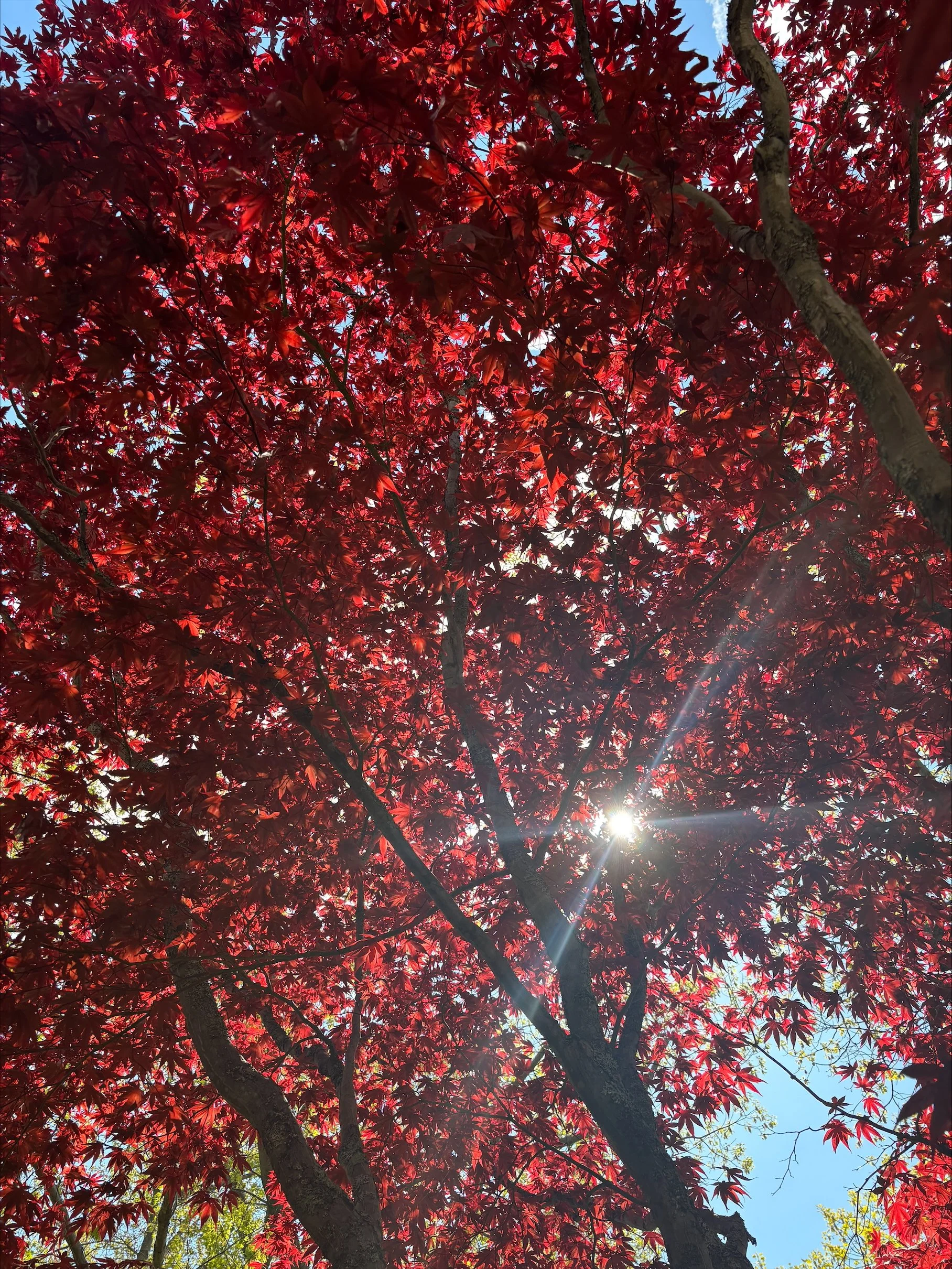
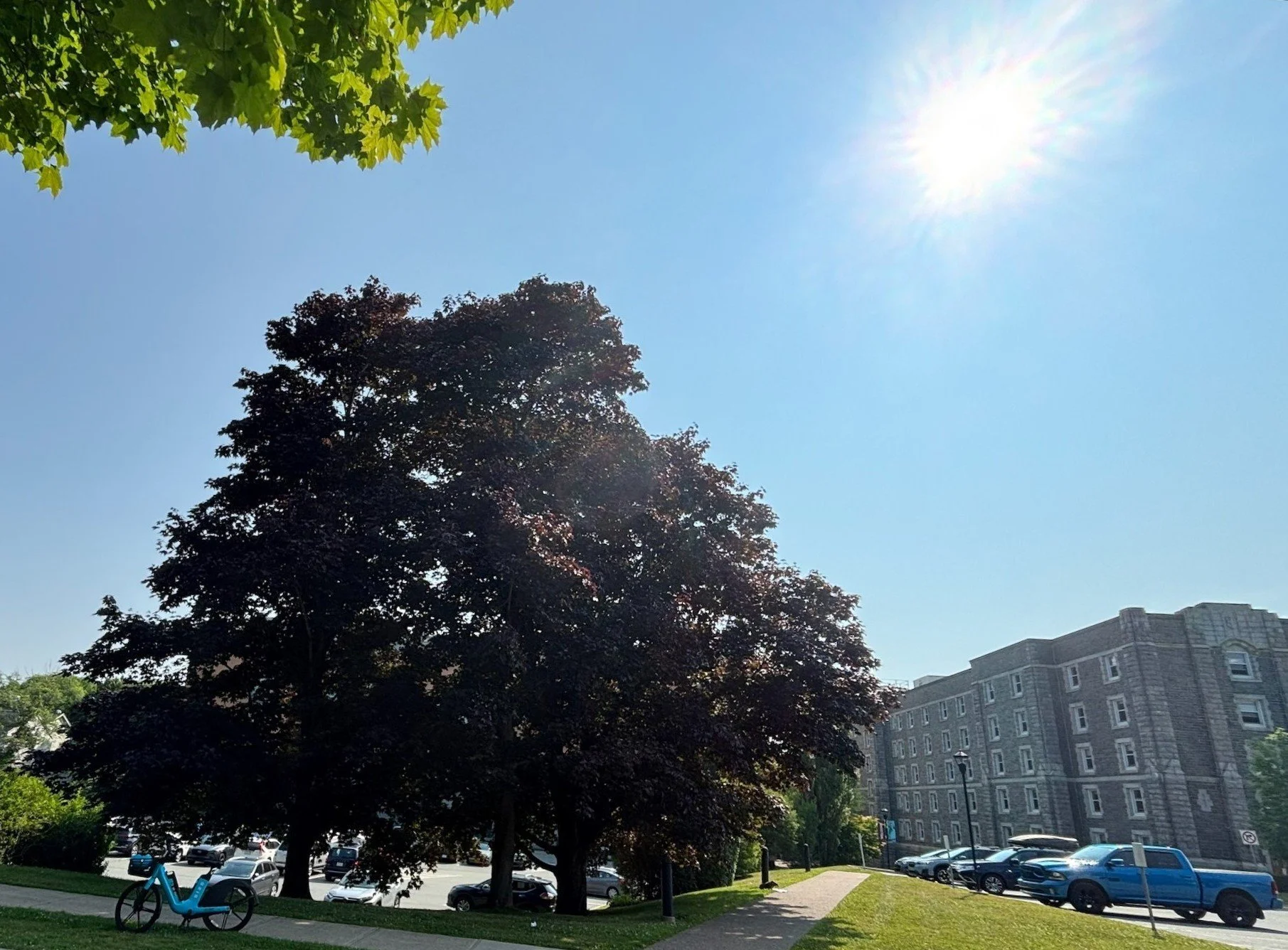
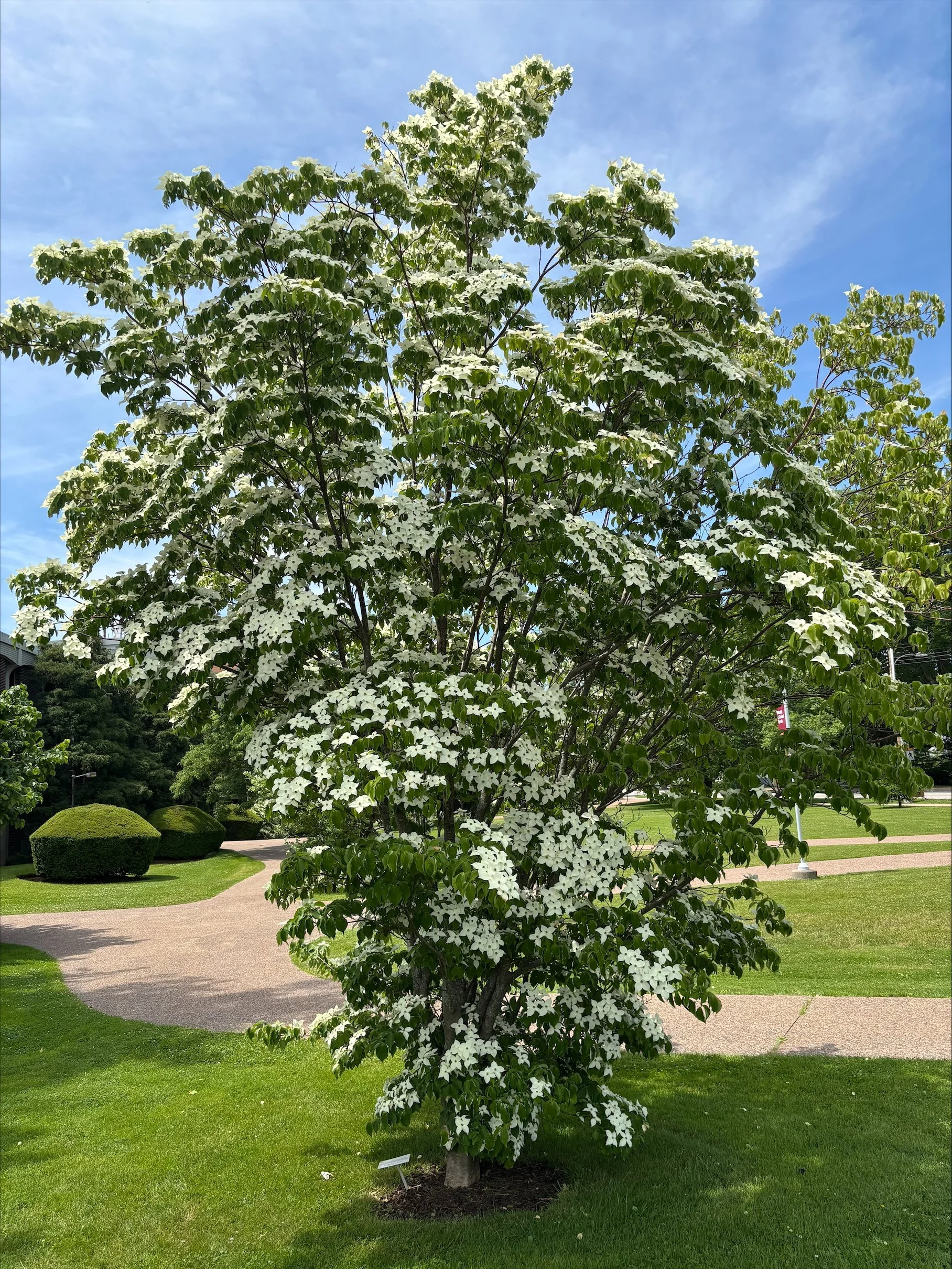

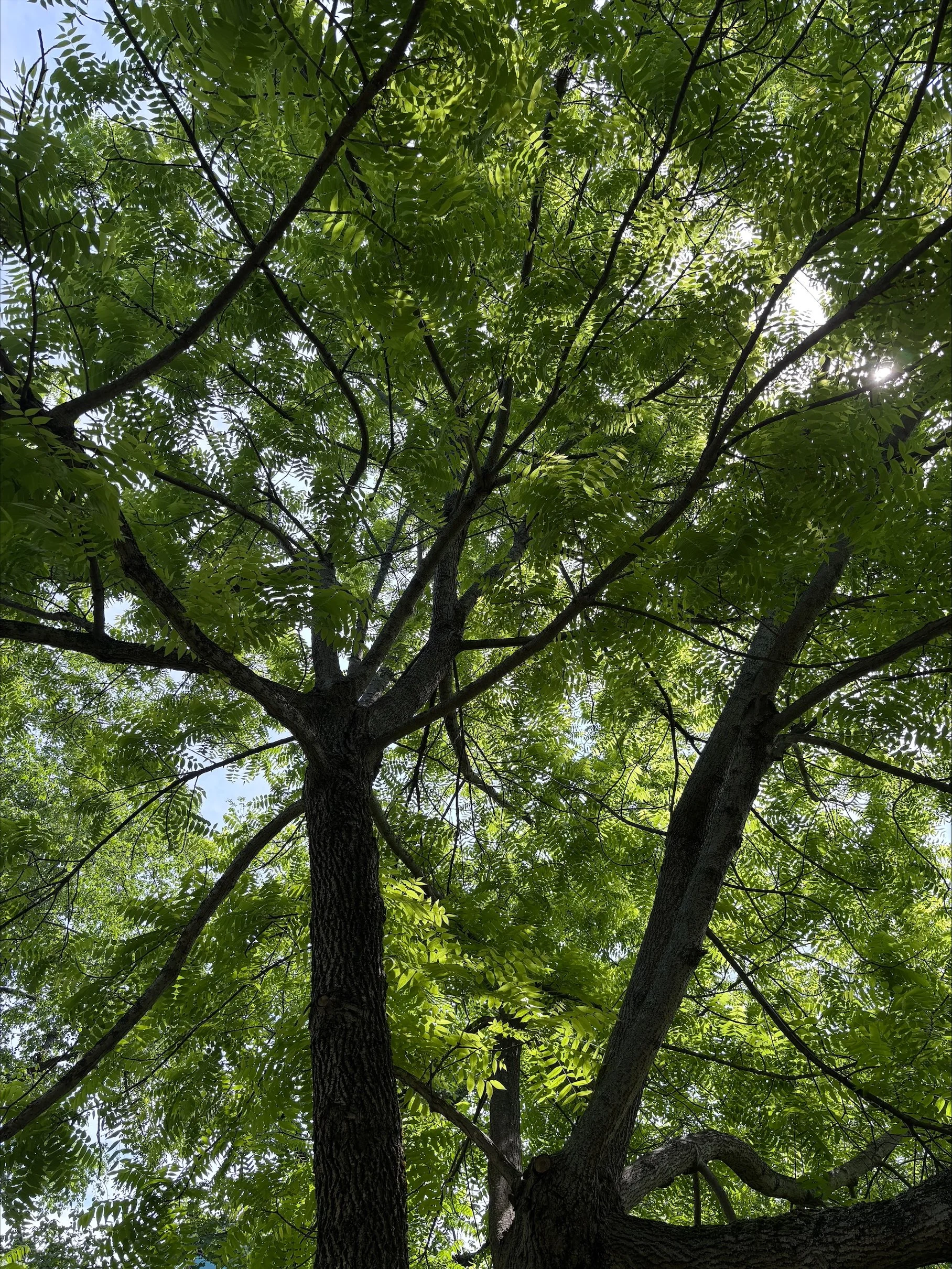
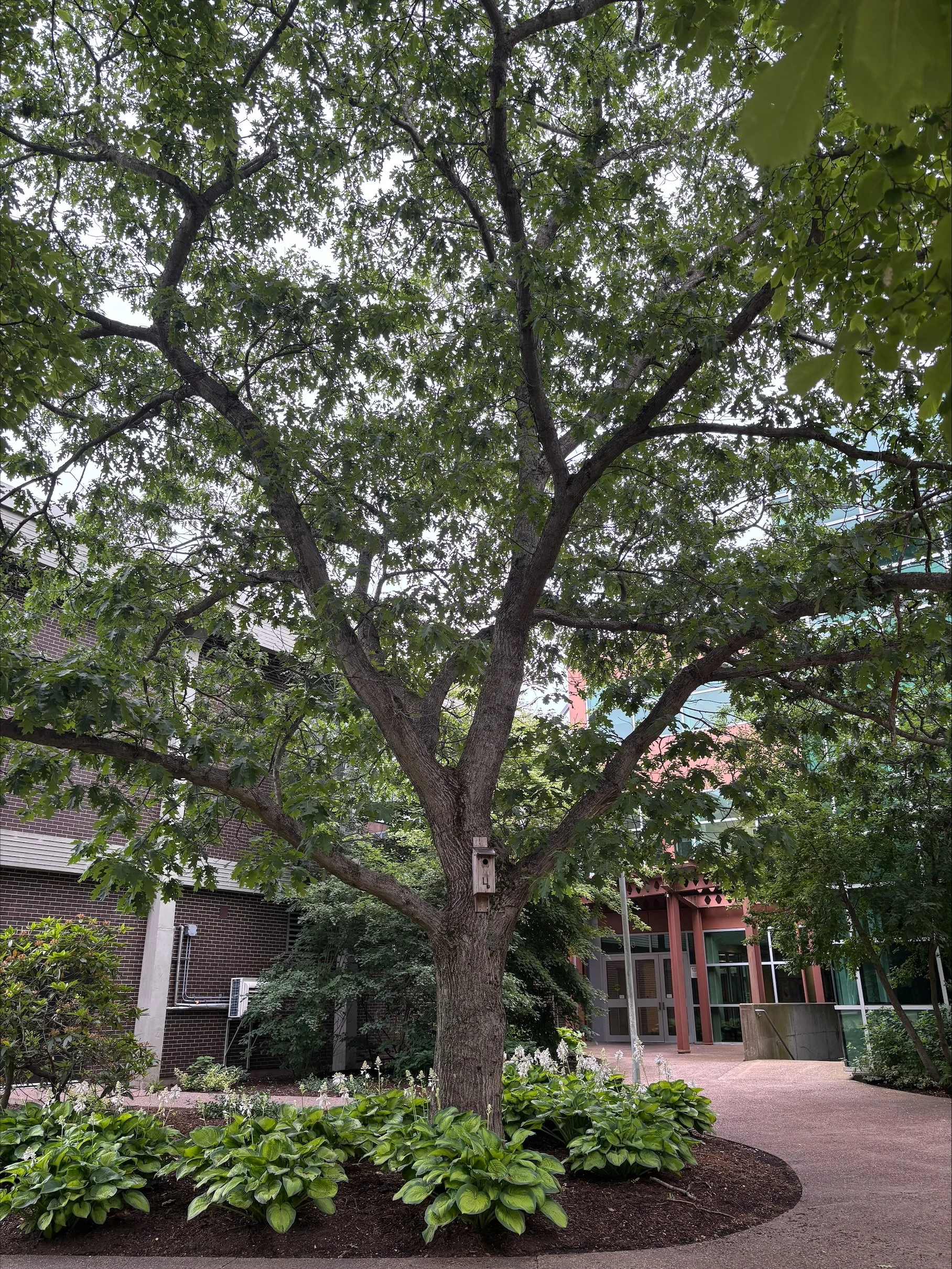
Dr. Richardson is internationally recognized for his research on lichens, small but remarkable organisms that respond to shifts in their environment.
He has published more than 100 research papers and three books, The Vanishing Lichens, The Biology of Mosses and Pollution Monitoring with Lichens, which emphasize the importance of plant diversity and how it can serve as an indicator of environmental health.
His work has been recognized with the Lawson Medal from the Canadian Botanical Association, a decade of service with the Committee on the Status of Endangered Wildlife in Canada (COSEWIC), and even the naming of a species in his honour, Skyttea richardsonii.
Dr. Richardson describes the campus as "a living laboratory”, where students can learn firsthand about sustainability, ecology and environmental stewardship. Greg Baker, Research Instrumentation Technician in the Department of Geography, has produced a list of campus trees along with their GPS location.
"Every spring there are labels placed at the base of the trees. Walking across the campus you pick up a little knowledge along the way."
Saint Mary’s can stand proudly alongside universities celebrated for their beauty and botanical richness—such as the University of Western Ontario, the University of British Columbia, and the University of Victoria. Saint Mary’s is firmly part of this Canadian tradition of green campuses.
“Walking through campus can change your day. It grounds you. But things never stand still with respect to our trees. They have to withstand droughts, hurricanes, and alien diseases. It’s our responsibility to care for and cherish the natural world.”

